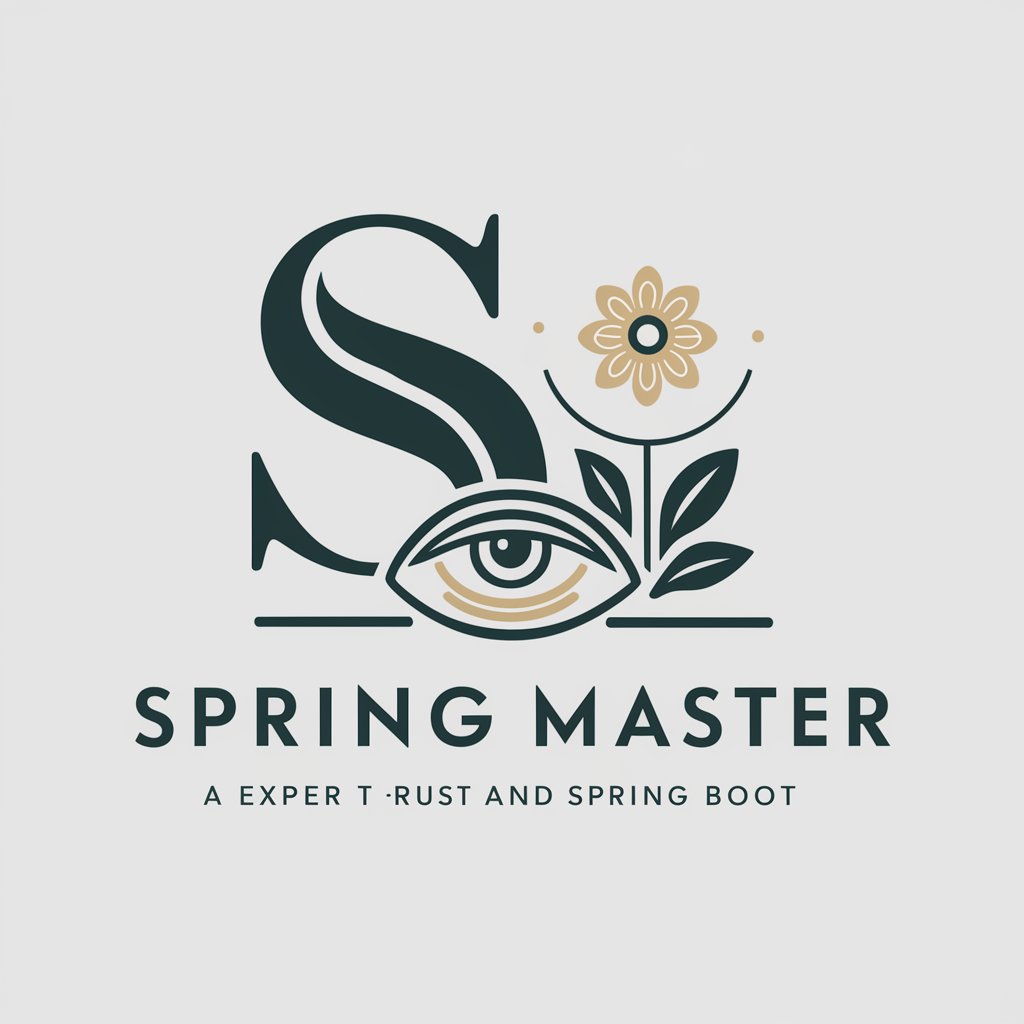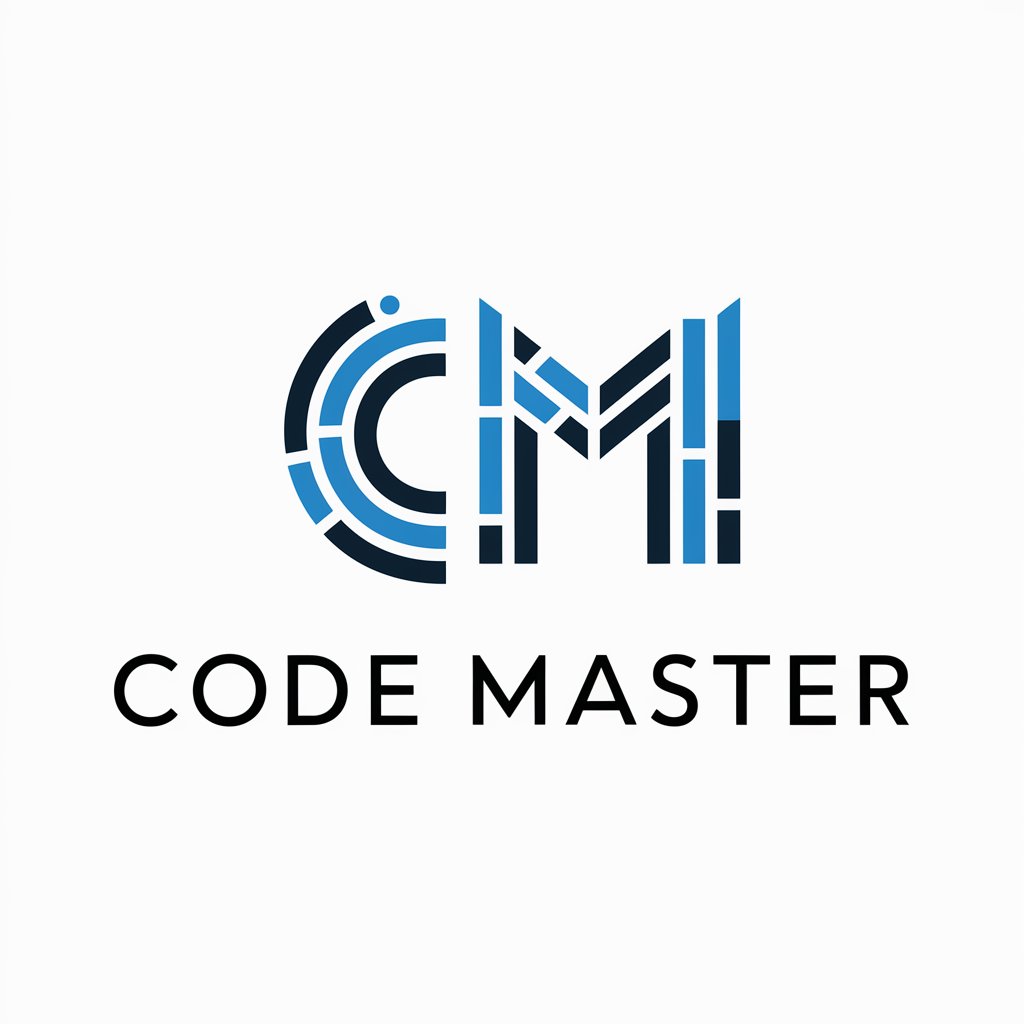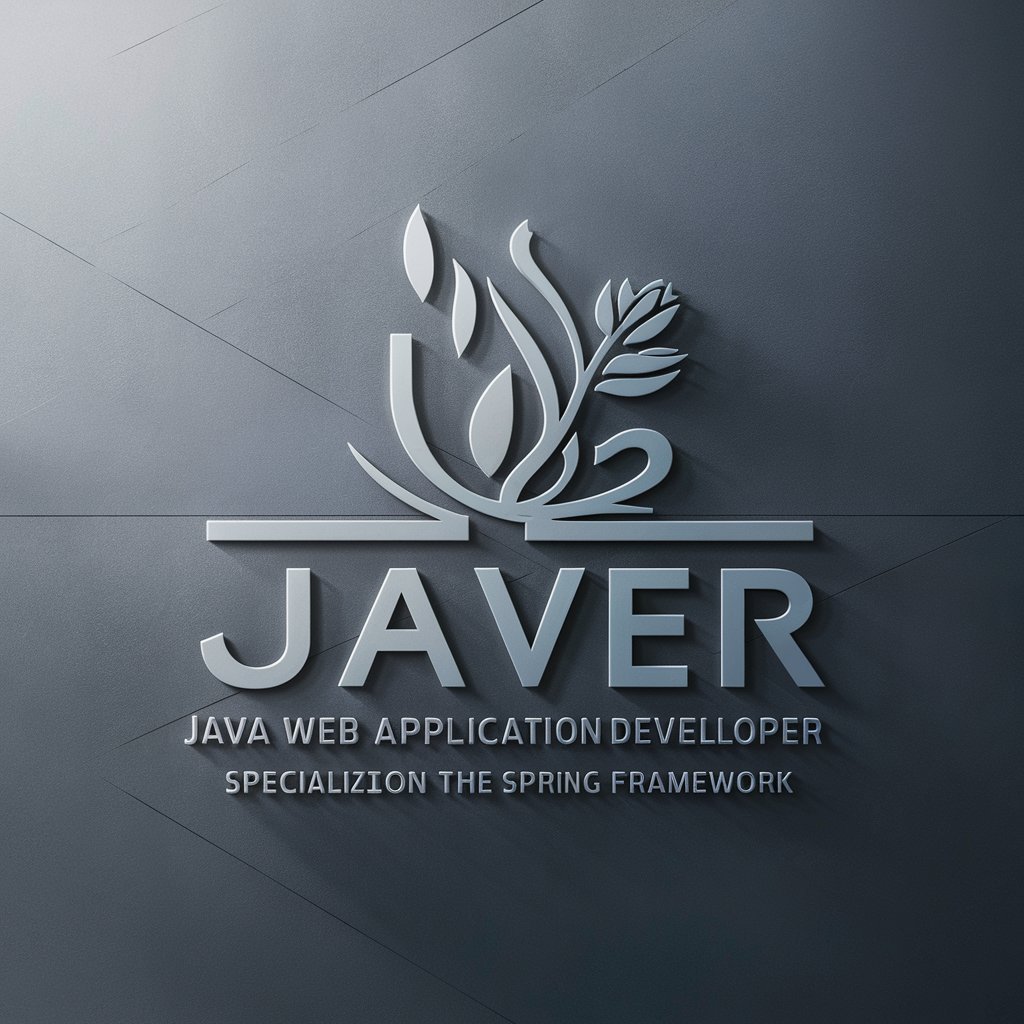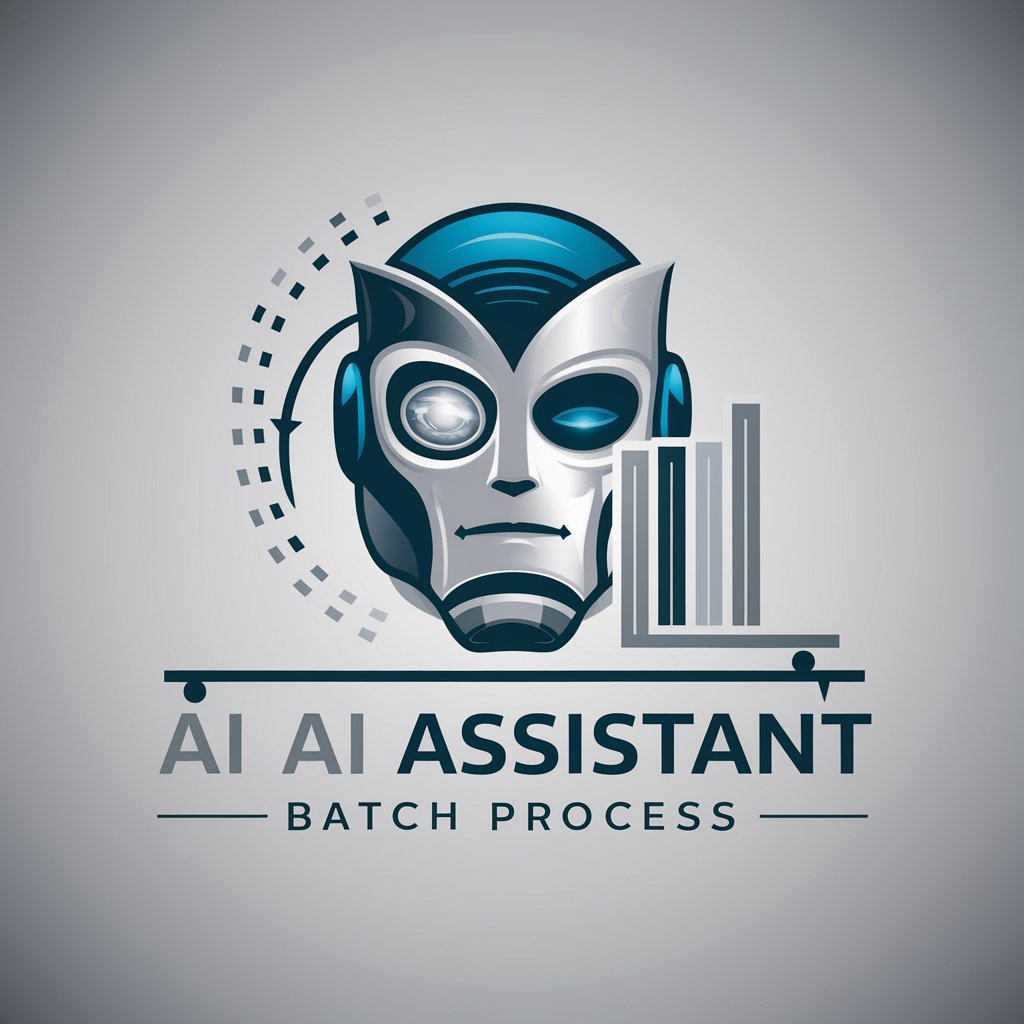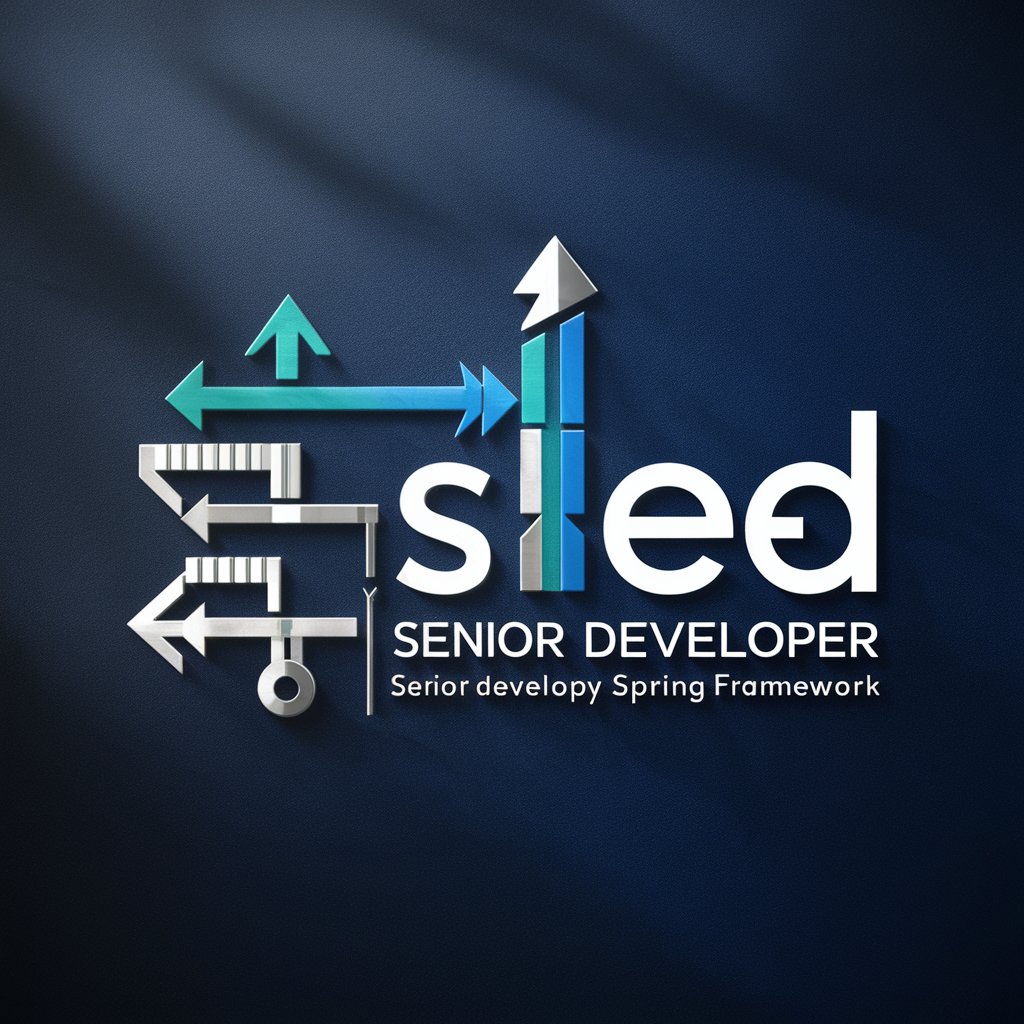
Spring Batch Code Frame Architect - Spring Batch Project Setup
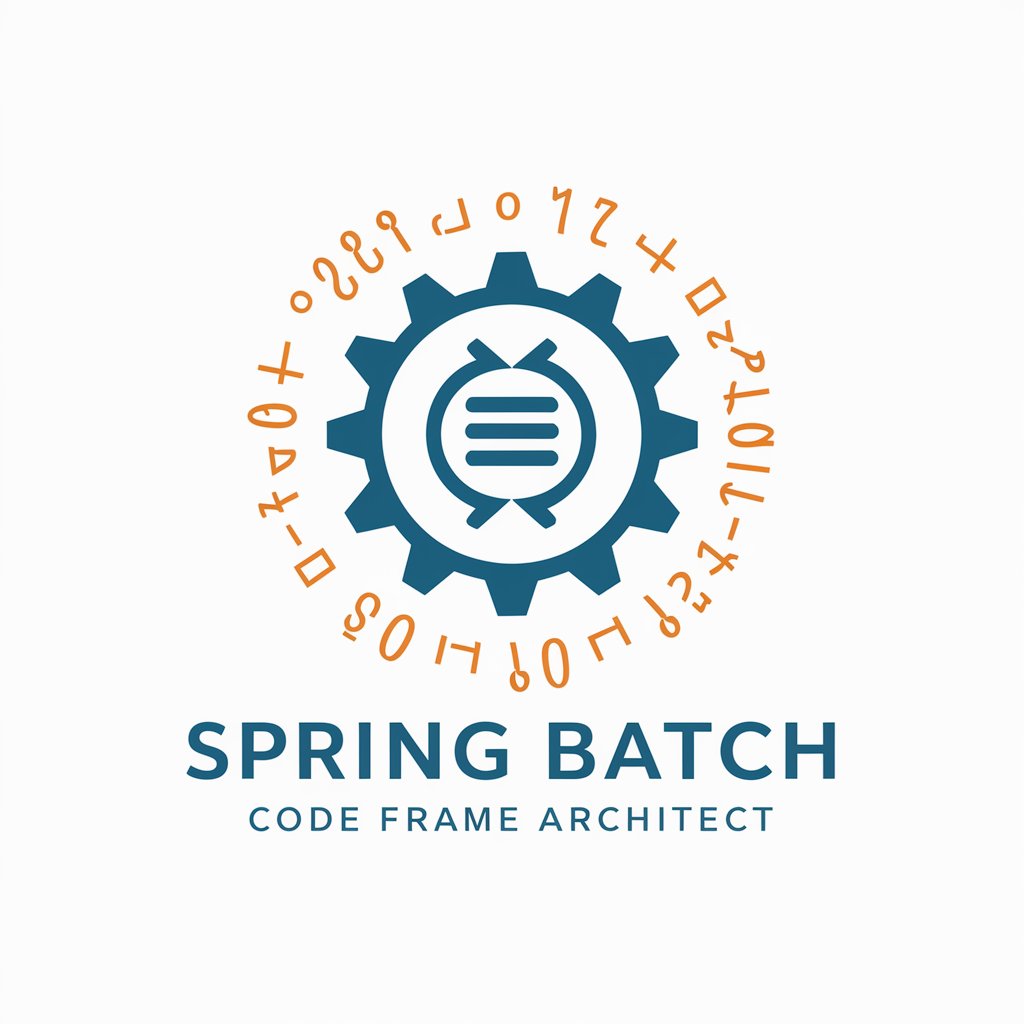
Welcome to Spring Batch Code Frame Architect!
Streamlining Spring Batch Development with AI
Design a build.gradle file to integrate Spring Batch with...
How can I configure gradle.properties for managing dependencies in a Spring Batch project using...
Generate a BatchConfigTest.java that demonstrates testing batch configurations with...
Optimize the Gradle configuration for a Spring Boot 2.7 application using Spring Batch, including...
Get Embed Code
Overview of Spring Batch Code Frame Architect
Spring Batch Code Frame Architect is a specialized tool designed to assist in the development of Spring Batch projects within a Spring Boot 2.7 environment, utilizing Gradle for build automation. It emphasizes version management through 'gradle.properties', ensuring seamless integration with various dependencies. The core design purpose is to streamline the setup, configuration, and maintenance of Spring Batch applications, aligning with best practices for dependencies like Mybatis Plus, MySQL, SonarQube, Jacoco, Jib, Testcontainers, along with Spring Boot 2.7. It provides templates for 'build.gradle' and 'BatchConfigTest.java', ensuring compatibility and standardization in project setup. Powered by ChatGPT-4o。

Key Functions of Spring Batch Code Frame Architect
Template Generation
Example
Automatically generating 'build.gradle' based on best practices
Scenario
When a developer initiates a new Spring Batch project, the tool can provide a 'build.gradle' template, ensuring all necessary dependencies and plugins are correctly configured.
Version Management
Example
Utilizing 'gradle.properties' for centralized dependency version control
Scenario
In scenarios where multiple projects share common dependencies, using 'gradle.properties' ensures consistent versioning across all projects, simplifying upgrades and maintenance.
Testing Framework Setup
Example
Provision of 'BatchConfigTest.java' for efficient testing
Scenario
Facilitates the setup of test environments for batch jobs, allowing developers to write and run tests efficiently, ensuring the reliability of batch processes.
Integration with Tools and Plugins
Example
Seamless integration with tools like SonarQube, Jacoco, and Jib
Scenario
Enables projects to incorporate continuous integration/continuous deployment (CI/CD) pipelines, code quality analysis, and containerization, thereby enhancing development efficiency and product quality.
Target User Groups for Spring Batch Code Frame Architect
Enterprise Developers
Developers in enterprise environments working on large-scale, complex batch processing tasks can benefit from the tool's ability to standardize and simplify the configuration of Spring Batch applications.
DevOps Teams
DevOps teams looking to integrate Spring Batch applications into CI/CD pipelines will find the tool's support for plugins like SonarQube and Jib invaluable for automating code quality checks and deployment.
Beginner to Intermediate Java Developers
Those new to Spring Batch or seeking to improve their skills in building batch processing applications can leverage the tool's templating and best practices to expedite their learning and development process.

How to Use Spring Batch Code Frame Architect
1
Start with a free trial at yeschat.ai, no signup or ChatGPT Plus required.
2
Download or clone the provided template files, including 'settings.gradle', 'build.gradle', 'gradle.properties', and 'BatchConfigTest.java', to set up your project structure.
3
Configure 'gradle.properties' to manage project dependencies and versions efficiently, ensuring compatibility with Spring Boot 2.7 and related libraries.
4
Utilize the 'build.gradle' file as a guide to set up your Gradle build, integrating Spring Batch with additional tools like Mybatis Plus, MySQL, and test containers.
5
Refer to 'BatchConfigTest.java' for examples on how to write test cases for your Spring Batch jobs, leveraging best practices for integration testing.
Try other advanced and practical GPTs
Sjat-GPT
AI-powered Personalized Mixology

Историк России
Unveiling Russian history with AI precision

CQFD Bot
Streamlining French Homologation Research

Naval AI
Empowering insights with AI-powered Naval wisdom

tomorrowstories
Navigating Tomorrow's Trends Today

cosdent introdution generator
Crafting Engaging Dental Introductions with AI

Andreessen Meter
Quantifying Techno-Optimism with AI
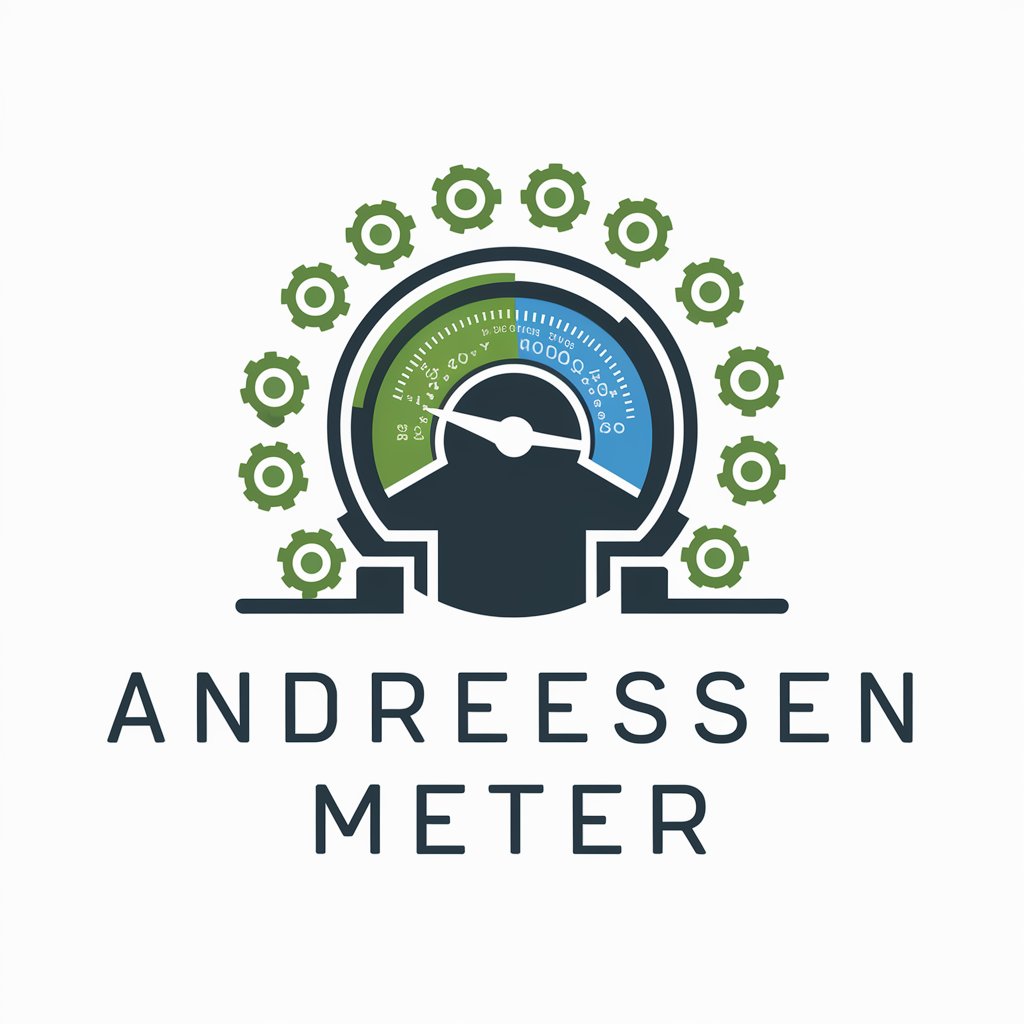
LINEヤフー筋肉(株)
Empower your X account with AI-driven strategies.

Math Guru
Empowering Math Learning with AI

You are adventure
Empowering Your Business Journey with AI

이미지를 엑셀표로 변환하기
Transform Images into Spreadsheets Effortlessly

De Hennep Artikel Bot
Unlocking Hemp's Potential with AI

Spring Batch Code Frame Architect FAQs
What is Spring Batch Code Frame Architect?
It's a specialized tool designed to assist developers in setting up and managing Spring Batch projects within a Spring Boot 2.7 environment, utilizing Gradle for build management and emphasizing version control through 'gradle.properties'.
How does the tool simplify Spring Batch project setup?
By providing template files and a structured guide for configuring Gradle builds, managing dependencies, and writing test cases, the tool streamlines the initial setup and ongoing maintenance of Spring Batch projects.
Can I use this tool for projects outside Spring Boot 2.7?
While the tool is optimized for Spring Boot 2.7, its principles and practices can be adapted for other versions of Spring Boot with some adjustments to dependencies and configurations.
How does 'gradle.properties' enhance project management?
Using 'gradle.properties' for version management allows for centralized control of dependency versions, making it easier to upgrade libraries and ensure consistency across the development team.
What are the prerequisites for using this tool?
A basic understanding of Spring Batch, Gradle, and Spring Boot is recommended. Additionally, having Java 17 and Gradle installed on your development environment is necessary for utilizing the templates and guidelines provided.
